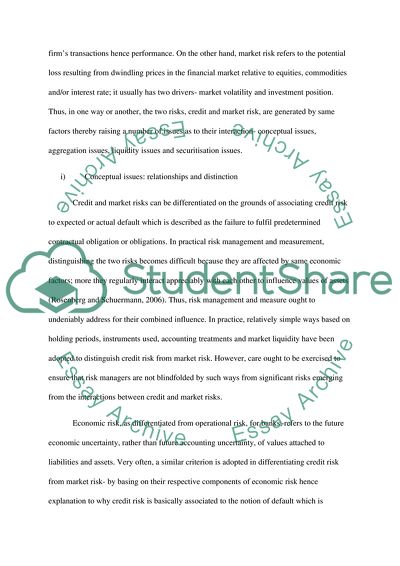Cite this document
(Credit and Market Risk Assignment Example | Topics and Well Written Essays - 4000 words, n.d.)
Credit and Market Risk Assignment Example | Topics and Well Written Essays - 4000 words. https://studentshare.org/finance-accounting/1849126-credit-and-market-risk
Credit and Market Risk Assignment Example | Topics and Well Written Essays - 4000 words. https://studentshare.org/finance-accounting/1849126-credit-and-market-risk
(Credit and Market Risk Assignment Example | Topics and Well Written Essays - 4000 Words)
Credit and Market Risk Assignment Example | Topics and Well Written Essays - 4000 Words. https://studentshare.org/finance-accounting/1849126-credit-and-market-risk.
Credit and Market Risk Assignment Example | Topics and Well Written Essays - 4000 Words. https://studentshare.org/finance-accounting/1849126-credit-and-market-risk.
“Credit and Market Risk Assignment Example | Topics and Well Written Essays - 4000 Words”. https://studentshare.org/finance-accounting/1849126-credit-and-market-risk.


